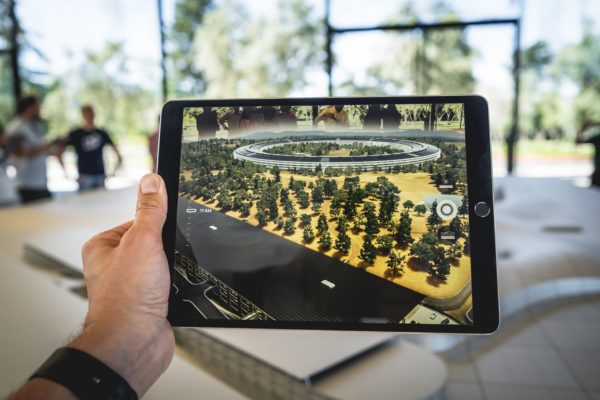Australia’s multi-billion dollar mining equipment sector is set for a major flip, with the launch of a high-tech ARC training centre at Deakin’s Waurn Ponds campus.
The Minister for Education and Training, Senator the Hon Simon Birmingham, has visited Deakin University to launch mineAlloy – the Australian Research Council (ARC) Training Centre in Alloy Innovation for Mining Efficiency.
mineAlloy is Deakin’s first ARC Industrial Transformation Training Centre. Its goals include: the design of products with superior alloy design and material selection; jobs growth and security in the mining component production sector; and increased mining efficiency and cost reduction.
“It is a real thrill to be here today. So much of this University is about impact – here in Geelong, across Victoria, the nation and, indeed, globally,” said Senator Birmingham.
“Deakin University is having an impact on graduates, the local economy, industry, new enterprises, innovation and jobs. Mining is one of the core assets of our country. It accounts for over seven per cent of Australia’s Gross Domestic Product. It aligns well with education, which is our third largest export earner.
“They can work hand-in-hand to optimise this industry in Australia, which is one of the most efficient in the world, to ensure we stay at the cutting edge and retain our competitive advantage.”
Also speaking at the launch, the ARC Chief Executive Officer, Professor Sue Thomas, explained that the Training Centre will exploit recent developments in steel technology and emerging manufacturing methods, such as 3D printing, to develop innovative alloy compositions for wear-resistant components. The Centre will also use new modelling, sensing and advanced testing methods to predict the behaviour of the equipment under tough working conditions.
“Working with industry partnering organisations, mineAlloy will aim to make Australian manufacturers dominant in the multi-billion dollar mining equipment sector by training innovators to design the world’s best, highly-customised, long-life, wear-resistant components,” said Professor Thomas.
(Left to right): The Minister for Education and Training, Senator the Hon Simon Birmingham, Vice-Chancellor, Professor Jane den Hollander AO, ARC Chief Executive Officer, Professor Sue Thomas and Director of mineAlloy, Professor Matthew Barnett
The Director of mineAlloy, Professor Matthew Barnett from Deakin’s Institute for Frontier Materials, noted that “Our task is to ensure that alloy excellence is on the list of value propositions offered by Australian manufacturers”.
“As some examples of the collaborative research we’re undertaking, we are working with businesses in Geelong, Ballarat, Bendigo, Sydney and Brisbane to develop the next generation of mining steels, improved ceramic wear and improved hard facing processes,” he said.
“Our business goal is to develop superior alloys that last longer than imported competition. The challenges are significant, but this is just what is needed to drive transformative breakthroughs. The Centre is also focussed on training the next generation of thought leaders for the sector.”
Hosted by the Vice-Chancellor, Professor Jane den Hollander AO, the launch was also attended by Ms Elaine Carbines, CEO, G21 Geelong Regional Alliance; Ms Sarah Henderson MP, Member for Corangamite; senior staff and representatives from mineAlloy’s industry partners.
Led by Professor Barnett, mineAlloy’s Deakin team includes Deputy Vice-Chancellor Research Professor Peter Hodgson, Senior Research Fellow Dr Daniel Fabijanic, lecturer Dr Michael Pereira and Centre Manager Dr Santiago Corujeira Gallo.
The team works closely with The University of Queensland and Monash University, and participating organisations Keech Castings Australia Pty Ltd; Gekko Systems Pty Ltd; Weir Minerals Australia Ltd; Ixl Metal Castings Pty Ltd; and Cast Bonding Australia Pty Ltd. They are also collaborating with Hycast Metals Pty Ltd; Trelleborg Engineered Products Australia Pty Ltd; Newcrest Mining Limited; Commonwealth Scientific and Industrial Research Organisation; Central Institute Of Technology; Austmine Limited; Mets Ignited Australia Ltd; Materials Solutions Pty Ltd; and Australian Foundry Institute.
Published by Deakin Research on 8 November 2017




